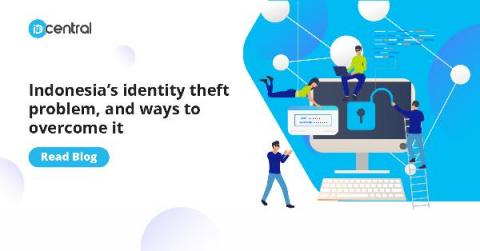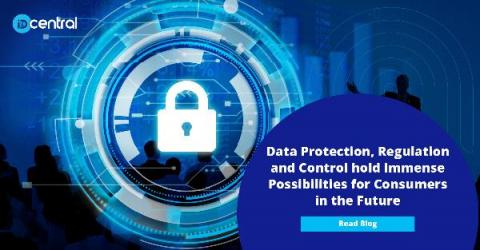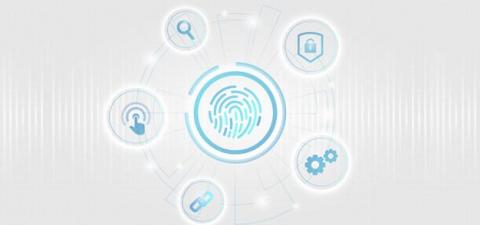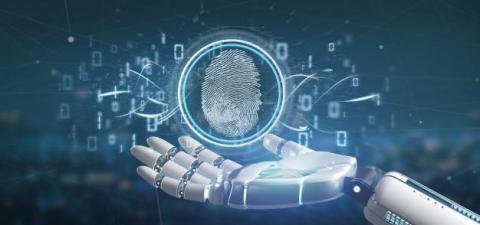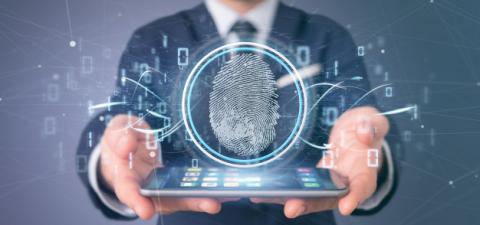M-Shwari: A window into the future of micro credit
Micro credit is one of those financial offerings which resides at the rare confluence of societal benefit and profit motive. The impact of microcredit availability on self employment, children’s education, sanitation, poverty reduction and women empowerment have been the subject of countless studies.



